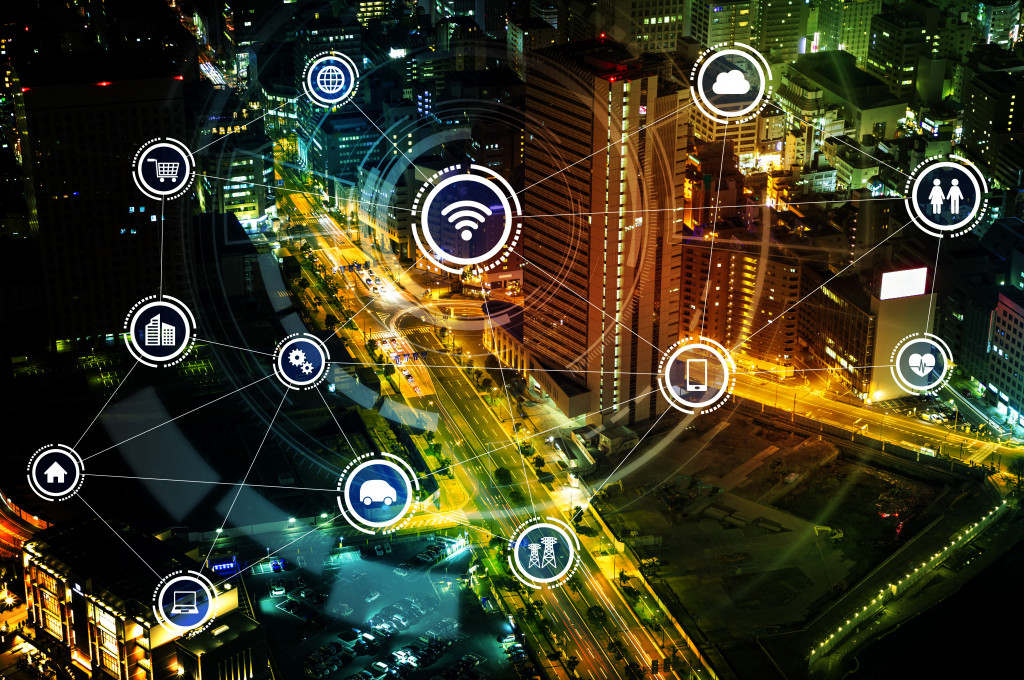There has been much talk about Industry 4.0 and how it has transformed the production sector by offering producers the chance to use modern tools and technology throughout the product lifecycle. Industry 4.0 has, without doubt, enabled enterprises to boost operational visibility, save costs, speed up production timelines and offer outstanding customer service.
However, it is time to divert our eyes away from Industry 4.0 and to Industry 5.0. If the fourth industrial revolution concentrated on employing technology to maximize production means, the fifth involves connecting man and machine, that is to say, cooperation between people and intelligent systems. Industry 5.0, according to who you ask, is either on or already on the near horizon, its arrival expedited with the commencement of the COVID-19 pandemic.
Remote Work Is Here to Stay
American manufacturers struggle to locate personnel trained by STEM to employ their more advanced technology. But an answer will help companies worldwide: combining virtual reality and enhanced validity with mixed reality and increased online presence with global connectivity.
Companies are already using computer-aided environments which mix our world with visual and acoustic support. Over a decade, a corporation can use competent individuals worldwide to create goods, communicate with workers, and virtually control and manage XR- and U.S.-based machinery and equipment. In other words, a global workforce will employ virtual-actual floors connected globally.
Collaboration Between Man and Machine
The topic of merging human brains to equipment has been popular because of Elon Musk’s famous prophesy that progress in AI will someday mean people have to connect with computers or become irrelevant. He formed a company called Neuralink not merely to make forecasts for implantable brain-computer interfaces (BCIs), with the short-term purpose of treating severe brain disorders and stroke damage.
The ramifications for manufacturers are considerable. AI’s primary issue is that people understand more than we can effectively describe. If you cannot describe the use of imagination, judgment, or common sense, a machine cannot be programmed to imitate your ability. A Mental Machine Interface (MMI) will enable people and robots to support each other in real-time. Cyborgs may form part of our near future, but machinery and people literally will join together in the next decade in helping producers generate better, more innovative products.
Emerging Nanotech

In 1966, the government reduced a minuscule submarine crew and blasted them into a body of a wounded scientist to restore his damaged brain. Now science fiction has become a reality, as quantum physics in medicine mix with the digital world. For instance, UC-San Diego’s engineers have developed a nanobot less than five millionths a meter long that can “swim” in the bloodstream and is eventually utilized to eliminate pollutants and mend tissue.
Can microscopic AI-enabled robots be placed far behind in plant systems and equipment? Engine manufacturer Rolls-Royce already uses 10-mm-diameter micro robots to estimate maintenance in the combustion chamber of its engines. Nanotechnology reveals how we use nanobots not only to predict maintenance but also for preventive maintenance to identify faults and fix equipment before they break apart. You are looking at the possibility of super-advanced manufacturing automation.
A New Version of IoT
The author Dr. Michael Mandel presents a new insight into how the Internet of Things impacts production in the report published by MAPI in 2018. Mandel sees the advent of e-commerce fulfillment centers and Amazon’s pioneering digitization of distribution, giving new options to producers to move from a warehouse model to a more adjustable distribution chain. In addition to further adaptation with robots and cloud computing that enables even tiny factories to adopt new technology, this “Internet of Goods” will establish new business models that broaden the market and change production location.
As a result of COVID-19, we have read news headlines about massive layoffs and slugs; of course, the factory industry is also affected, although the degree of disruption depends on what is sold. Companies producing non-essential goods have witnessed a considerable decrease in personnel. In contrast, those producing vital goods have expanded, added to their product lines, and recruited additional people to meet demand.
Those that had to decrease their employees have turned to IoT automation and product line and plant process optimization to keep the firm as close as ever. In particular, optimization allows cost control and profitability, which is vital for sales-declining organizations.
COVID-19 has altered the world, and as we know it, the manufacturing industry. Manufacturers who expect to survive in this new era have to embrace Industry 5.0 completely and reinvent their businesses’ future—and the sooner, the better.
